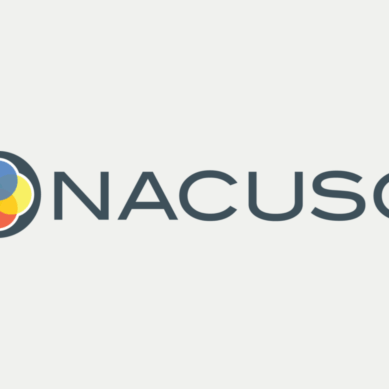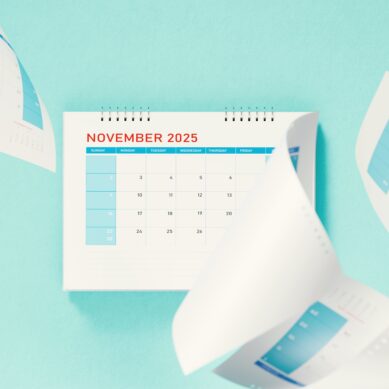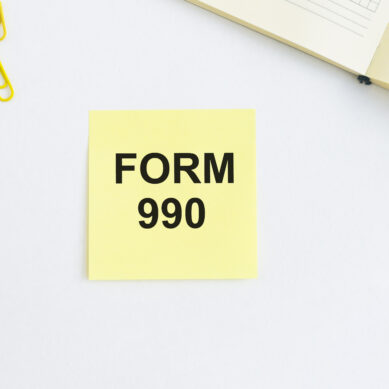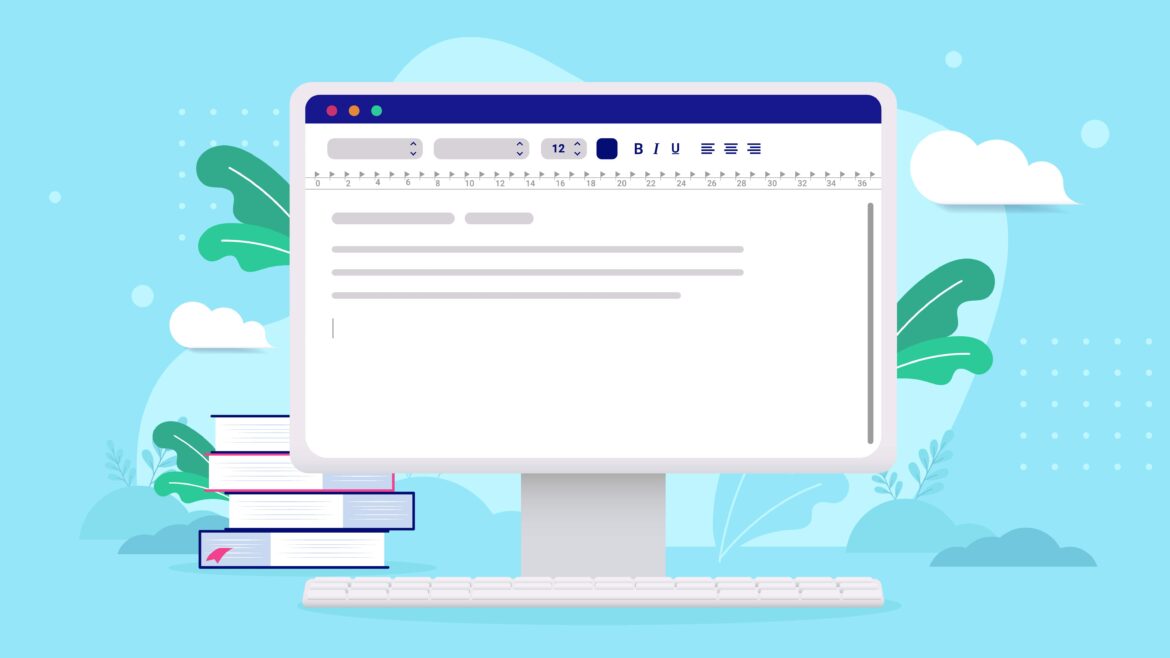Let’s face it, documentation is boring. I’ll be the first to admit it, and I make a living writing it. Nonetheless, its insipid nature doesn’t diminish its worth.
Documentation—which, for the sake of this article, includes marketing materials, newsletters, help materials, internal processes, email notifications, etc.—provides immense value. Although the content can be dull, documentation compiles crucial information for the audience to consume whenever needed.
Despite how vital documentation is for any workplace, product, or service, the target audience does not actually read it very often. People overlook documentation ALL the time.
Every time you buy new gadgets, games, unassembled furniture, etc., you receive documentation explaining how it all should work and more, yet rarely anyone gives these slips of paper a second look once they’ve taken the product out of the box. Even email campaigns and marketing flyers garner little interaction.
In this way, documentation is the ugly duckling—discarded and forgotten until it proves worthy.
Nobody wants to read your writing
Although documentation is the lifeblood of a successful organization, the harsh truth is that no one wants to read it. The vast majority of the audience reads documentation because they want to find an answer, not because they enjoy the compelling writing style (sorry!). This universal truth might deliver a blow to your ego, but that doesn’t make the writing any less important. You just have to work harder to gain the audience’s attention and meet their needs.
To appease your reluctant audience, you must cater to their needs and attention span. When writing documentation, KISS (keep it simple, stupid) is a vital principle to follow. Let the audience and goal of the document influence your writing. Focus on creating a positive user experience by providing all the important information in an easily scannable format. The less reading your audience has to do before finding the information they are looking for, the better.
It can be difficult to find a balance between providing enough information to serve as a warranty and writing succinctly. Don’t worry; you won’t need to sacrifice the important details to satisfy your reader’s demands. Keep your writing engaging and concise by employing the strategies below.
Avoid being overly detailed
Although it is important to provide enough detail to accurately describe your topic, you should be wary of providing too many details that bog down your readers. Readers easily become overwhelmed when opening a document to find it cluttered with lengthy portions of overly detailed text. ‘
An overwhelmed reader is more likely to give up than spend time looking for their answer amidst the text-heavy document.
Don’t discourage your readers with too much content! Just write what the audience needs to know in plain language and leave out the trivial details. You can always direct the audience to a contact if they want more information.
Break content into smaller chunks
Avoid writing large blocks of text; this is visually overwhelming and can discourage the audience from reading. Instead, break your content into small, digestible chunks. Separating the content into smaller paragraphs and different sections improves readability.
Utilize multimedia
One of the best ways to engage your audience and reduce the amount of written text is by using multimedia to convey information. This includes images, videos, charts, graphs, and even audio. Readers are more interested in visual and aural elements than plain text. Simply adding a few graphics or a simple design to a document helps liven it up.
That said, it is important to consider the accessibility of your document when using multimedia elements. Always assume some readers may be visually or aurally impaired. If you include critical information in only an image (without describing that information in the alt text), your visually impaired readers will be at a loss.
Be sure you provide important information in formats all readers can follow. (This may require you to repeat some information in the written text and multimedia portions).
Use descriptive headings
Headings are extremely helpful visual identifiers for readers. They distinguish the hierarchy of information, effectively change topics, and briefly outline a section’s main idea. Readers use headings when skimming through a document to identify the areas relevant to their needs. Descriptive headings will improve the ability to scan and navigate your document.
Often, writers want to use creative headings to grab a reader’s attention in hopes of enticing them to read the section. This is a good practice for creative work or blog posts, but it can become problematic for more professional documentation. Avoid using overly creative headings that obscure the purpose of the section.
Your headings should be descriptive enough of the section’s contents that readers can easily assume the information discussed within the section.
Add section overviews
When reading documentation, most readers are searching for a small piece of information. Similar to headings, summarizing your section content helps your readers quickly identify the main ideas shared in each section. Short overviews at the beginning of a section allow you to further describe the section’s purpose, giving readers a better idea of whether they need to continue reading that section.
These summaries do not need to be detailed. Often, they don’t even need to be longer than one sentence, and in some cases, when the heading is descriptive enough, they are unnecessary.
Less is more
When it comes to writing documentation, less is more. Of course, it’s important to document all your processes, and having a wide variety of documentation available is beneficial. However, it’s best to keep the materials themselves as concise as possible.
Be mindful of your audience. Make it easier for readers to scan your content by utilizing descriptive headings, adding section overviews, and writing content in small chunks. Spice things up with some multimedia elements to engage your readers and keep the unnecessary details at bay so you don’t drive away your audience.
Remember: no one wants to read your writing. I hope the next time you find yourself writing, you’ll consider your audience and cater your content to their goals. Keep it short and sweet.






















































